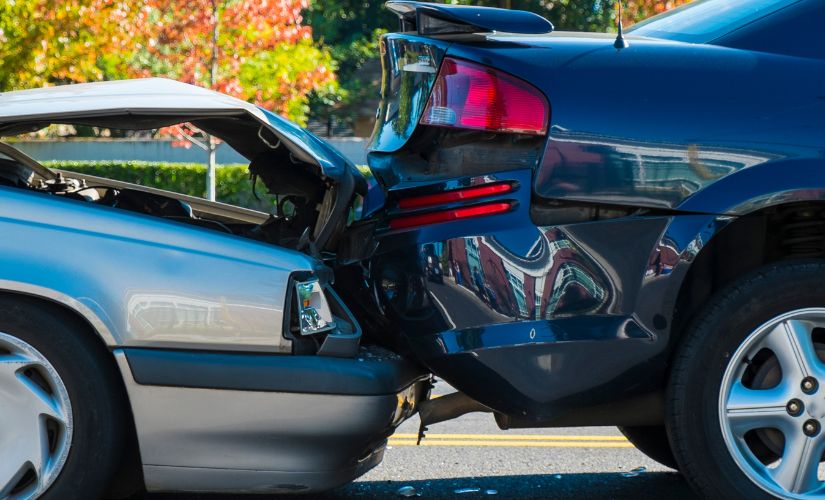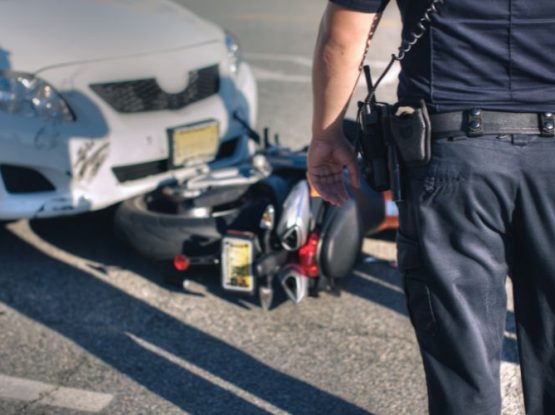Experiencing a car accident can be one of the most disorienting and stressful moments in your life. Whether it’s a minor fender bender or a significant collision, your actions immediately following the incident are crucial for ensuring your safety, adhering to legal requirements, and protecting your financial interests. This detailed guide provides an in-depth look at the essential steps to follow after being involved in a car accident.
1. Ensuring Safety
Your immediate concern should be the safety of everyone involved in the accident. If the accident is minor and there are no serious injuries, move the vehicles to the side of the road to avoid obstructing traffic. Always turn on your hazard lights to alert other drivers, and if you have them, set up emergency cones or flares for additional visibility. In cases where vehicles are severely damaged and cannot be moved, it’s safer to stay inside with your seatbelt fastened until emergency services arrive. This action prevents additional risks, especially on busy roads or highways.
2. Checking for Injuries
After ensuring safety, assess yourself and others for injuries. It’s important not to move if you are severely injured, as this could exacerbate your condition. If anyone is injured, no matter how minor it seems, call 911 immediately. Emergency responders can provide medical attention and ensure that injuries are correctly handled. Remember that some injuries, especially internal ones, may not be immediately apparent, so it’s vital to seek medical evaluation even if you feel fine.
3. Calling the Police
In most areas, it’s legally required to report an accident to the police, mainly if there are significant damages or injuries. When the police arrive, they will document the scene and create an official accident report. This report is vital when dealing with insurance companies and other drivers involved in the accident. It provides an objective account of the events, which can be crucial in resolving disputes about who was at fault.
4. Exchanging Information
While waiting for the police, exchange contact and insurance information with the other driver. This includes names, addresses, phone numbers, insurance companies, policy numbers, and vehicle descriptions. If there are witnesses, ask for their contact details as well. It’s essential to remain calm and courteous during this exchange. Avoid discussing the specifics of the accident or admitting fault, as these statements could be used against you in insurance claims or legal proceedings.
5. Documenting the Scene
Use your smartphone or a camera to take detailed photos of the accident scene. Photograph the positions of the vehicles, visible damage on all vehicles involved, any skid marks or debris on the road, traffic signs, and the general area of the accident. These photos can be valuable evidence when filing an insurance claim or if the accident leads to a legal dispute. Additionally, write down your accident account as soon as possible while the details are fresh.
6. Notifying Your Insurance Company
Contact your insurance company as soon as possible to report the accident. Most insurers have a 24-hour hotline for such reports. Please provide them with all the Information about the incident and cooperate with their process. This step is essential, as timely reporting is often a condition for coverage. Your insurer will guide you through the claims process and explain what your policy covers.
7. Seeking Medical Attention
It’s crucial to seek medical attention immediately after an accident, even if you feel unharmed. Specific injuries, like whiplash or concussions, may not be immediately noticeable. Visiting a doctor or an emergency room ensures that hidden injuries are diagnosed and treated. Furthermore, medical records documenting your visit and any injuries sustained can be pivotal in an insurance claim or personal injury lawsuit.
8. Keeping Detailed Records
Organize and keep all documentation related to the accident. This includes the police report, medical records, bills, receipts for any accident-related expenses, and a record of all communications with your insurance company and other parties involved in the accident. A comprehensive file ensures you have all the necessary information for insurance claims or legal consultations.
9. Understanding Your Insurance Coverage
Review your insurance policy to understand the specifics of your coverage. Familiarize yourself with terms like deductible, liability coverage, collision coverage, and any additional benefits like rental car coverage or medical payments coverage. Knowing what your policy covers will help you make informed decisions and fully utilize the benefits you are entitled to.
10. Hiring an Attorney
If the accident involves significant injuries or complex liability issues, or if you’re facing difficulties with insurance claims, consider consulting with a personal injury attorney. An experienced lawyer can provide valuable legal advice, negotiate with insurance companies on your behalf, and represent you in court if necessary. They can also help you understand your rights and ensure you receive fair compensation for damages or injuries.
11. Avoiding Quick Settlements
Be wary of quick settlement offers from insurance companies. These initial offers might not fully cover all your expenses or account for the long-term impacts of the accident. Take the time to fully assess the damages and consult a legal professional before accepting any settlements. A lawyer can help you understand if the offer is fair and advise on whether to negotiate for a better deal.
12. Repairing Your Vehicle
Get your vehicle inspected and repaired as soon as possible. Obtain multiple estimates for the repairs, ensure the repair shop uses quality parts, and provide a warranty on their work. If your insurance company suggests specific repair shops, check reviews and ensure they have a good reputation for quality service. Records of all repairs and related expenses are also crucial for insurance claims.
13. Handling Emotional Impact
Recognize and address the emotional impact a car accident can have. It’s common to experience stress, anxiety, or even fear of driving after an accident. Talking to friends, family, or a professional counselor can provide emotional support and help you process the incident. Taking care of your mental health is as important as addressing physical injuries.
14. Learning from the Experience
Reflect on the accident and consider if there are any lessons to be learned. This could involve improving your driving habits, such as being more cautious at intersections or avoiding distractions. Use the experience to become a safer, more aware driver.
Navigating the aftermath of a car accident can be challenging, but taking these steps will help you manage the situation more effectively. Prioritize your safety, seek medical attention, document everything, and get legal and insurance advice. Being prepared and informed can significantly ease recovering from an accident, both physically and financially.
Dealing with the aftermath of a car accident involves navigating a complex web of legal, medical, and insurance considerations. Understanding and avoiding the steps outlined in this guide can protect your physical, legal, and financial well-being. Always prioritize safety and informed decision-making to navigate the challenging aftermath of a car accident effectively.
At Motorcycle Accident Attorney, we take pride in being recognized as one of Orange County, CA‘s leading motorcycle accident law firms. We encourage you to schedule a free consultation today to discuss your legal options.


